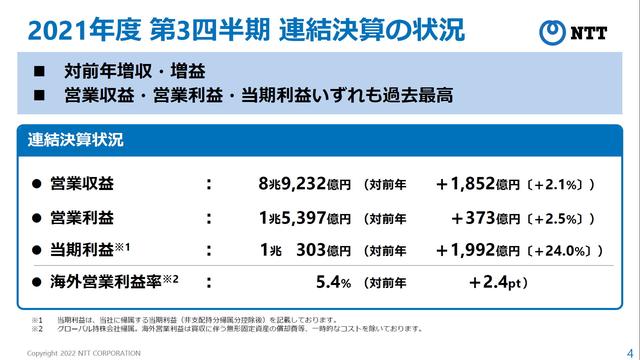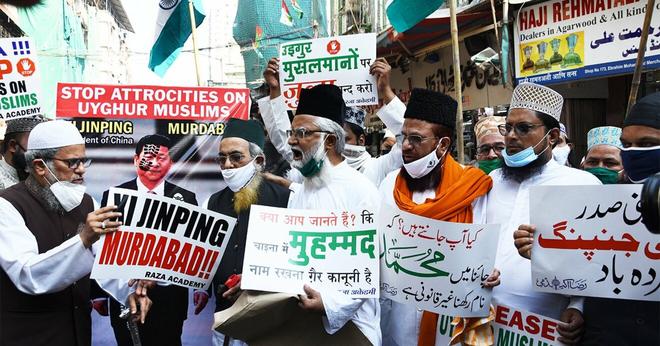Is Huawei's smartphone safe? All right? The company's corporate stance and seriousness revealed from the Android update
Huawei has been caught up in the US-China trade friction and has been forced to struggle not only in Japan but also in overseas markets. In particular, the suspension of transactions with Google became a hot topic in various fields, and many users were concerned about "Is it okay to use Huawei terminals?"
Regarding this matter, Huawei has announced that "the terminals currently on sale can continue to be used in the future," but in fact, the same content has been announced by Google, which supplies Android. On the other hand, it is reported that Google in the United States explained to the U.S. government that "the increase in terminals that are not provided with support such as updates is a risk in return", and moves toward calming the turmoil. I'm about to put it out.

By the way, what exactly does this "support for Android platform updates, etc." mean?
Android update that attracts attention again
Currently, the Android platform is provided by Google, but like Windows on PCs, it is continuously being improved and modified, and updates will be distributed through device makers and mobile phone companies. In the case of smartphones, basically, the update data is downloaded via the Internet and the user updates it on the terminal, but not all products are updated, and it is not supposed to be updated by the product. There is something.
For SIM-free terminals sold in the open market, updates are basically distributed at the discretion of the manufacturer. The frequency of distribution differs depending on the manufacturer, and each manufacturer also decides how many years after the product is released to distribute the update. Some manufacturers, such as Sharp, claim that they "guarantee two OS version upgrades within three years of their release."
On the other hand, for the terminals sold by each mobile phone company, with some exceptions, the terminal manufacturer provides information on the update, and each mobile phone company determines this before distribution. This is often to confirm the correspondence of the company's services provided by each mobile phone company. Therefore, for products that are common to the global market, the domestic version may not be updated immediately even though the global version has been updated. By the way, some exceptions are Google's Pixel series and the former Nexus series, and even if these terminals are purchased from NTT DoCoMo or Softbank, the update distributed by Google will be applied.
As you can see from these facts, the frequency of Android platform updates varies depending on the manufacturer and product, and it is clear that each company is working on the Android platform.
Next page: Security patches to fix software vulnerabilities





![[July 6 and 7] DX realized by content cloud, advanced platform for business transformation](https://website-google-hk.oss-cn-hongkong.aliyuncs.com/drawing/article_results_9/2022/3/9/6bbafe438d78271513761788166cbf94_0.jpeg)

